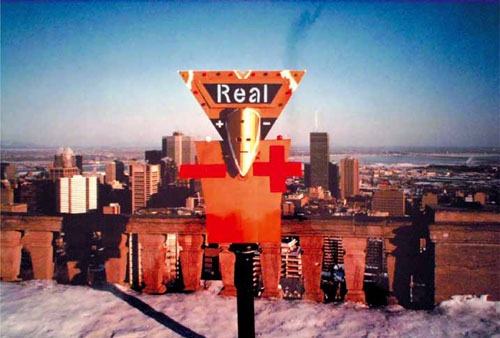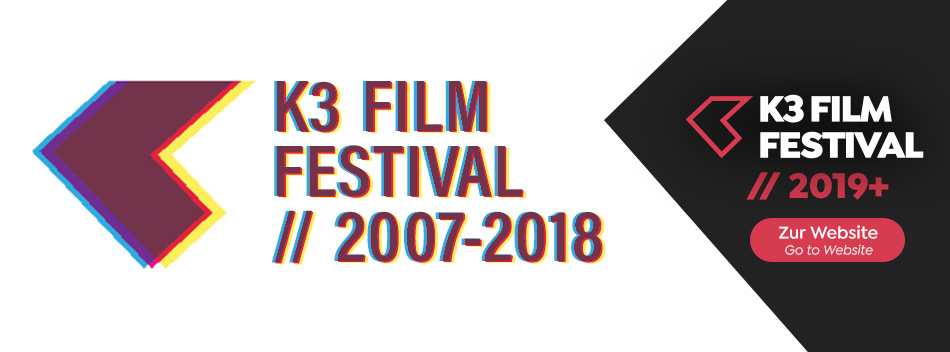Tribute to Filmstudio Villach
Filmstudio Villach exists since 1984. Ever since it made the impossible possible: It offers a wide range of Art-House and Independent Cinema with a slight focus on World-Cinema, but above all – all films are shown in original language. Something that even in big cities is acclaimed as "English Cinema" or with other creative titles, for Filmstudio it always has been out of question. Or how Elisabeth Grebenicek, the programming director, once said clearly: "Who wants to see Sean Penn speaking German?"
As a tribute to this work, we show "Mont Real" by Peter Putz. For years a film still of this early video-art work serves as the cover of the monthly published program folder.
Saturday, November 24th 2012, Stadtkino Villach
Mont Real
Peter Putz, 1988/89, 16mm, Canada, 20 min
concept, direction, artwork, animation, camera, sound editing, Austrian voice of Gumbo YaYa: Peter Putz
collaboration, assistance, editing, big pink fish, wings, blue pain- ting: Barbara Putz-Plecko
music: Romeo Alavi Kia performed by ensemble 9 9
Kraft-Bilder: Hans Kienesberger
computer music: Ingo Petry
sound recordist: Terry Mardini
re-recording: Roger B. Tyrrell
traduction, la voix française de Gumbo YaYa: Anne-Marie Smith
Standing Arrow from Akwasasne: Pow-wow drum group
projectionist: Ginette Desmarais
computer massage and lots of help: Jonathan Leaning
Merci: Concordia University Cinema Department; Stefan Anastasiu and Bob Del Tredici

Mont Real is a satirical view of our Western civilisation, something between a live action film and an animation film, a succession of associations combining aspects of traditional and everyday life in North America and stereotyped European, particularly Austrian attitudes and behaviour patterns.The film deals with our overpowering fantasies, our tendency to repress certain elements of our mental lives, and with our enslavement as dependent consumers in a materialistic society. This is shown in a mostly ironical and contrapuntal development of sound and vision.
" The extremely rapid development of the various visual aspects of the film corresponds with today's hasty and short-lived deluge of information and stimulation. It also illustrates two parallel but wholly different levels of life and argument, thus reaching the limits of one's perceptive faculties and certain visual habits. One has to accept the fact that one cannot possibly perceive every single detail and must admit the limits of one's perceptive facilities, knowing that whatever one sees is only part of the whole truth"
– Peter Putz






















